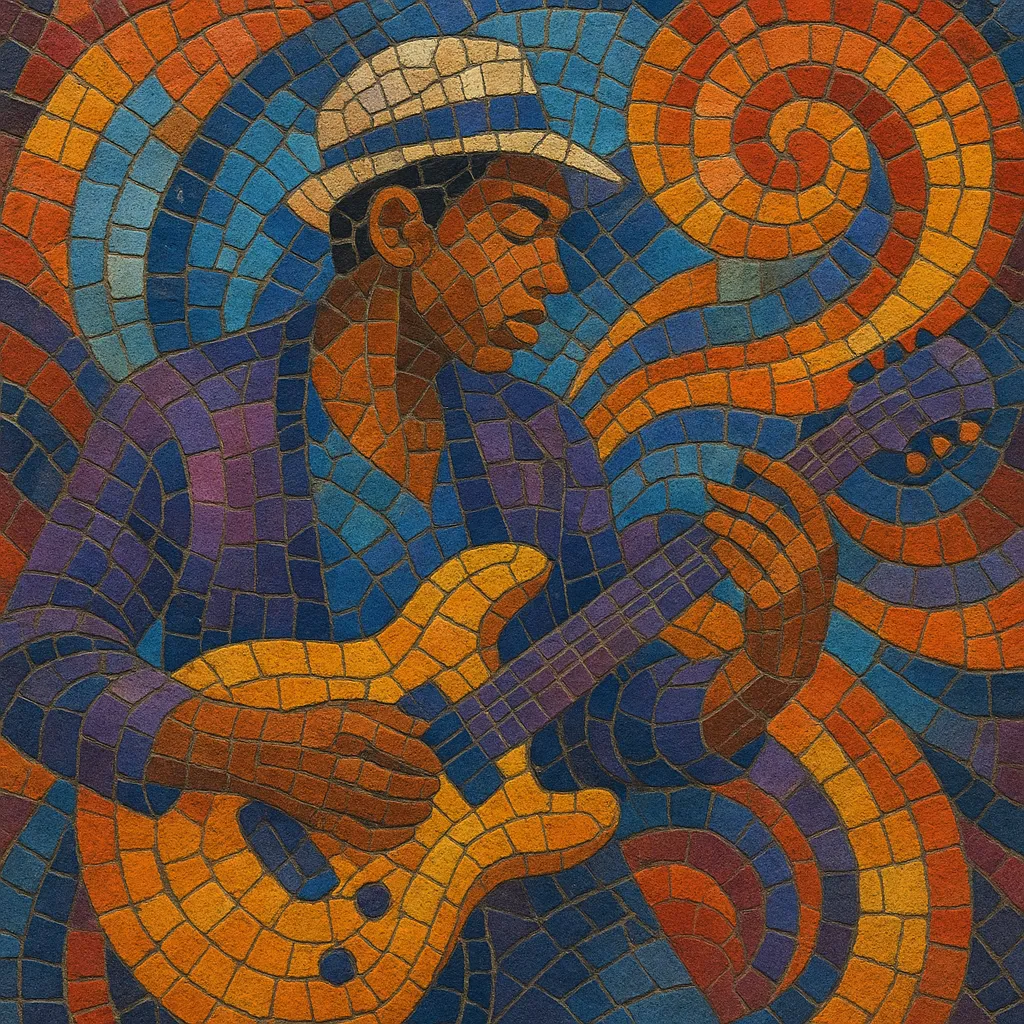Funk melody is a romantic, song-oriented branch of Brazilian funk (funk carioca) that blends the genre’s Miami bass roots with pop and R&B-style melodicism.
Compared with harder baile-funk variants, it favors sung hooks, lush synth leads, and chord progressions that support sentimental lyrics about love, longing, and everyday relationships. The drums remain rooted in the classic 808-driven Rio funk palette—often including tamborzão-derived syncopations—but tempos and arrangements are tailored to highlight memorable choruses and harmonies.
The result is an approachable, dance-ready sound that helped bring funk from the baile to mainstream Brazilian radio and television in the late 1990s and 2000s.
Funk melody emerged in Rio de Janeiro’s funk scene in the early-to-mid 1990s as producers and MCs began emphasizing sung refrains and romantic storytelling. While funk carioca had evolved from Miami bass, electro, and hip hop, local DJs and vocalists adapted those influences to Brazil’s pop sensibilities, shifting from predominantly chanted party calls to melodic hooks.
Crews and labels tied to the baile circuit—most famously DJ Marlboro and the Furacão 2000 ecosystem—helped formalize a more melodic, radio-friendly approach. Duos and singers such as Claudinho & Buchecha and MC Marcinho scored national hits with love-themed lyrics over 808-heavy beats, bright synths, and catchy choruses. This opened a path for funk to coexist with Brazilian pop while maintaining its dancefloor roots.
In the 2000s, funk melody became a major conduit for pop crossover. Producers like Dennis DJ and artists such as Perlla, Latino, and MC Leozinho brought polished arrangements, harmonic backing vocals, and verse–pre-chorus–chorus structures that resonated on mainstream radio and TV shows. The style’s romantic orientation differentiated it from harder baile substyles, broadening its audience beyond the baile community.
While newer substyles (e.g., ostentação, mandelão, trap-influenced funk) rose to prominence, funk melody remained a recurrent format for pop-leaning hits, collaborations with sertanejo (helping set the stage for funknejo), and TV-friendly performances. Its legacy is the normalization of sung, hook-driven funk in Brazil’s broader pop landscape.


